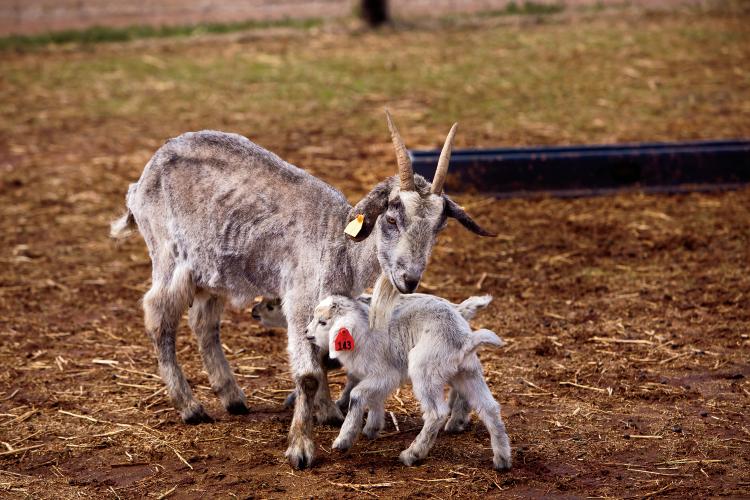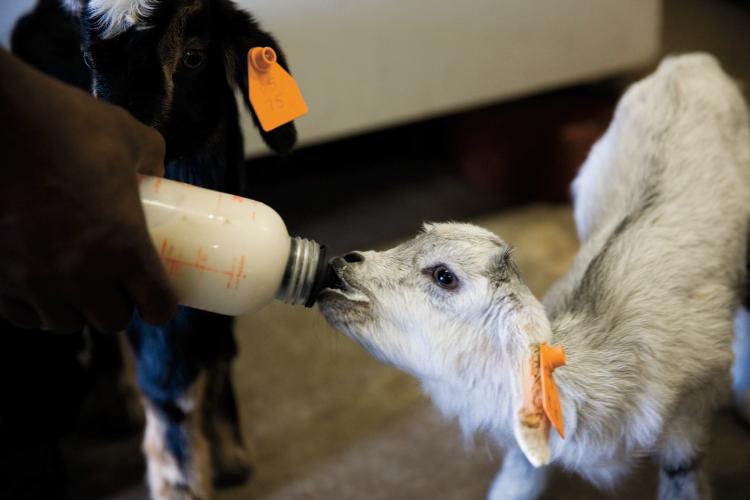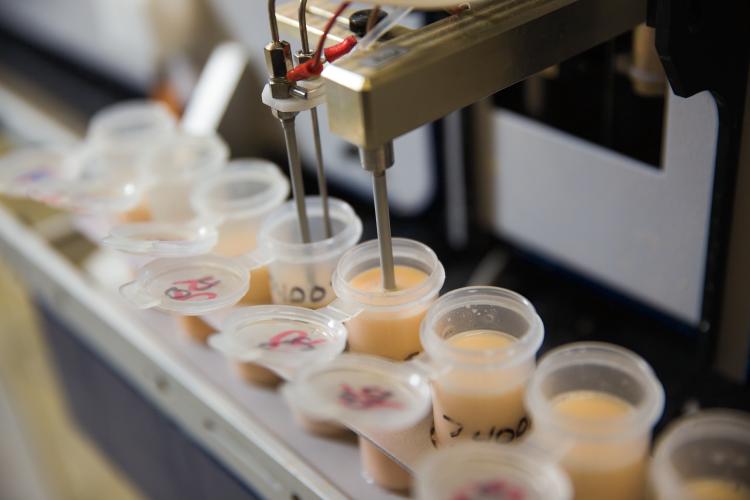Home > Oklahoma > Oklahoma Crops & Livestock > Langston University a Leader in Goat Research
Langston University a Leader in Goat Research

For goat farmers and ranchers throughout Oklahoma and across the world, Langston University is a mecca of sorts.
Its E (Kika) de la Garza American Institute for Goat Research has been providing invaluable information to those in the meat, dairy and fiber goat industry since it was founded nearly 30 years ago. Those in the goat industry are familiar with the 320-acre research facility located in north-central Oklahoma.
“I think I can say we’re probably the top research institute for goat production in the United States, and if we were to look worldwide, we would definitely be in the top six,” says Dr. Terry Gipson, the Institute’s goat extension leader. “We’re a hidden gem stuck here in the Midwest. The reason for that is the personnel we have here. We have excellent research scientists who are very dedicated to advancing the goat industry, be it meat, dairy or fiber-producing goats.”

Langton’s Institute for Goat Research was named for former Congressman E (Kika) de la Garza of Texas, who was instrumental in helping small universities conduct research on goats when he chaired the House Agriculture Committee. The Institute was formed in 1984 and went into full-scale operation with the opening of its first facilities in 1985 and 1986, including the lactation and maternity barns, arena, feed mill and milking rooms. More were added just a couple years later.
A Working Farm
The Institute’s farm is divided into four sections suitable for conducting different aspects of research. The main farm is 120 acres and home to the Alpine dairy herd, while a 160-acre farm just south of Langston’s campus houses most of the Spanish, Boer and Angora goats. To the north of the school is a 30-acre area that includes metabolism crate facilities for nutrition and physiology research, and the 30 acres west of the campus are used mainly for grazing studies.
“The farm is tailored toward the inputs that we would also see within the industry,” says Gipson, who has been with the Institute since 1998. “So within the dairy industry, we’re going to have more mechanization and labor requirements for milking the animals. With fiber and meat production, we’re going to look at more extensive systems with more pastures and more grazing.”

Goat farmers and ranchers can find plenty of analyses through the various research activities on the Institute’s website or in its quarterly Goat Newsletter. Gipson says that one such project, which was led by Dr. Arthur Goetsch and involved re-evaluating nutrient requirements for goats, was particularly beneficial.
“It helped to give a better understanding of feeding goats from a management and nutritional aspect,” Gipson explains. “That led to a series of scientific publications, which were a basis for the National Research Council’s recommendations for nutrient requirements for goats.
“We have been able to take those scientific articles and distill them to an easy format for the producers to use. They can go to our website, select criteria of the particular goats they’re raising, and put together a ration that will meet their production requirements. That is one aspect of the research that has really had an impact and has been embraced by the industry.”
The Institute also holds an annual Goat Field Day in April. It’s open to anyone, but it’s particularly suited for goat farmers and ranchers as it features industry leaders from around the world and conducts extensive workshops.
Dairy vs Meat
Do you know the difference between dairy goats and milk goats? Milking breed goats, such as Nubian, LaMancha, Alpine and Sable, are bred for maximum milk production, and can produce about a gallon or more per day for about 10 months. These breeds have to be milked at least once, sometimes twice a day, every day for 10 months. They have to be milked 12 hours apart at the same time each day.
Meat goats are bred for high-quality meat, and will provide three times as much meat as a dairy goat breed. You can milk a meat goat, however the yield will be substantially less.




Iam interseted in starting a small goat farmalso looking for financing